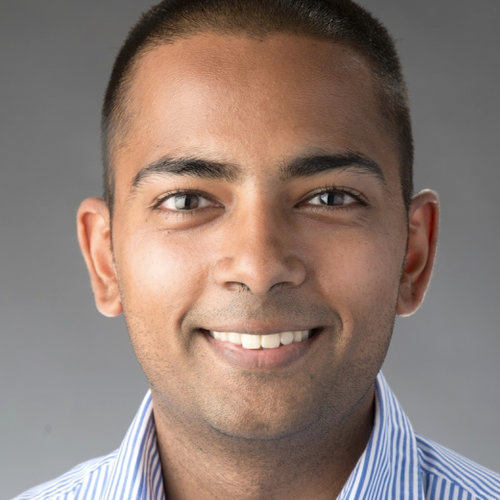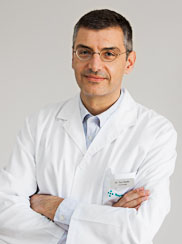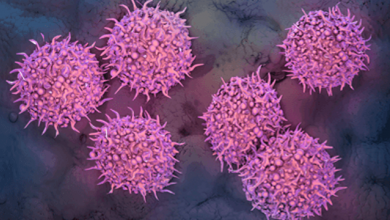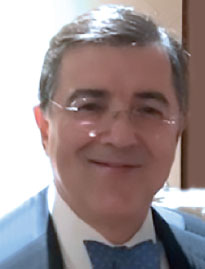Search results
Sean Lal
Job title: Associate Professor
Author
Antoni Bayés-Genís
Research Area(s) / Expertise:
Job title: Head of the Cardiology Department
Author
Author(s):
Daniel Alejandro Lerman
,
Nasri Alotti
,
Kiddy Levente Ume
,
et al
Added:
3 years ago
Acute myocardial infarction (AMI) is still a major public health problem worldwide, causing high rates of morbidity and mortality. In the United States, nearly one million patients suffer from AMI each year.1 In the UK, around 80,000 people died from coronary heart disease (CHD) in 2010.2
The current approach to the treatment of myocardial infarction involves early revascularisation with…
View more
Author(s):
Kevin Cheng
,
Ranil de Silva
Added:
3 years ago
Refractory angina (RA) is defined as chronic angina-type chest pain (duration ≥ 3 months) associated with reversible ischaemia that persists despite optimal medical, interventional and surgical management.1
The clinical burden of RA is growing due to an ageing population and improved survival from coronary artery disease (CAD). Estimates suggest that in the US between 600,000 and 1.8 million…
View more
Author(s):
Shu Nakao
,
Dai Ihara
,
Koji Hasegawa
,
et al
Added:
3 years ago
Induced Pluripotent Stem Cells and Their Potential Applications
Induced pluripotent stem cells (iPSCs) are generated from somatic cells, such as skin fibroblasts, by ectopic expression of defined reprogramming factors. Within a few years of the first report of the generation of mouse iPSCs, several laboratories reportedly reproduced these cells using other cell types and species using similar…
View more
Author(s):
Gustav Steinhoff
Added:
3 years ago
Cell therapy for myocardial regeneration is an exciting new field of medical research that has the potential to revolutionise cardiovascular medicine. Despite significant improvements in emergency treatment, myocardial infarction (MI) leads to a net loss of contractile tissue in many patients with coronary artery disease (CAD). Often, this is the beginning of a downward spiral towards congestive…
View more
Author(s):
Gustav Steinhoff
Added:
3 years ago
Cell therapy for myocardial regeneration is an exciting new field of medical research that has the potential to revolutionize cardiovascular medicine. Despite significant improvements in emergency treatment, myocardial infarction leads to a net loss of contractile tissue in many patients with coronary artery disease. Often, this is the beginning of a downward spiral towards congestive heart…
View more
Demosthenes G Katritsis
Job title: Editor-in-Chief, Arrhythmia & Electrophysiology Review (AER)
Author
Author(s):
Christos-Konstantinos Antoniou
,
Panagiota Manolakou
,
Nikolaos Magkas
,
et al
Added:
3 years ago
Cardiac resynchronisation therapy (CRT) has been a cornerstone in the treatment of select advanced heart failure cases since its introduction to our armamentarium in the early 2000s.1 Indeed, 30–60% of advanced heart failure patients exhibit evidence of dyssynchrony, when defined electrocardiographically or mechanically.2–4 The latter is a consequence of the former. CRT has several unique…
View more















